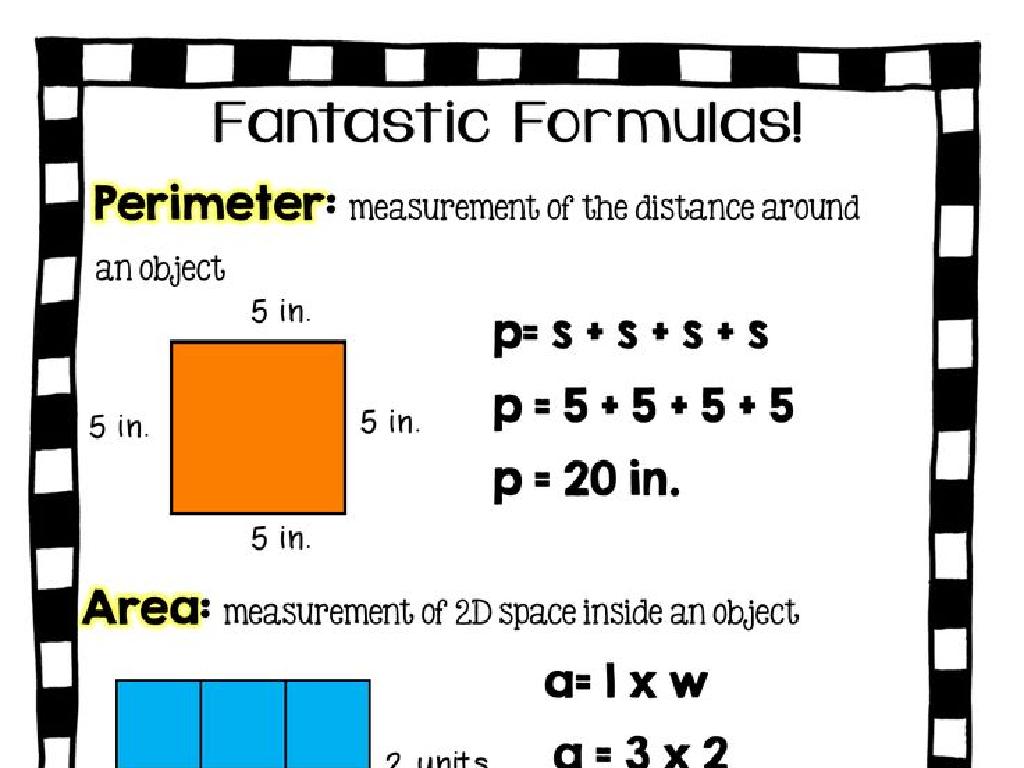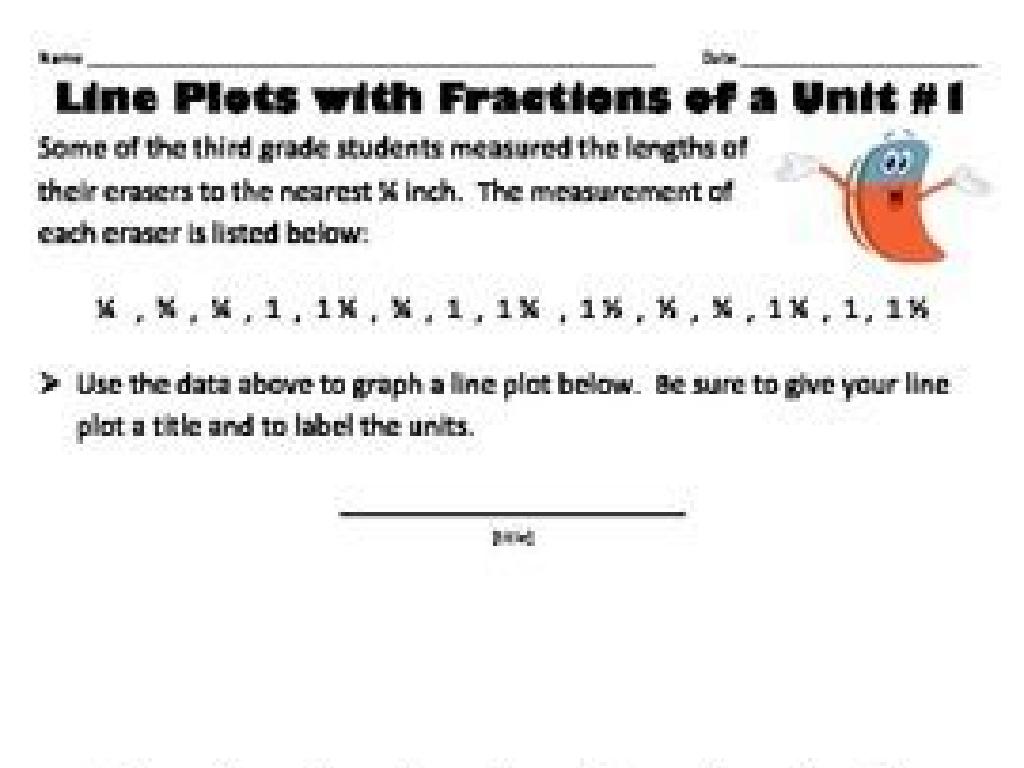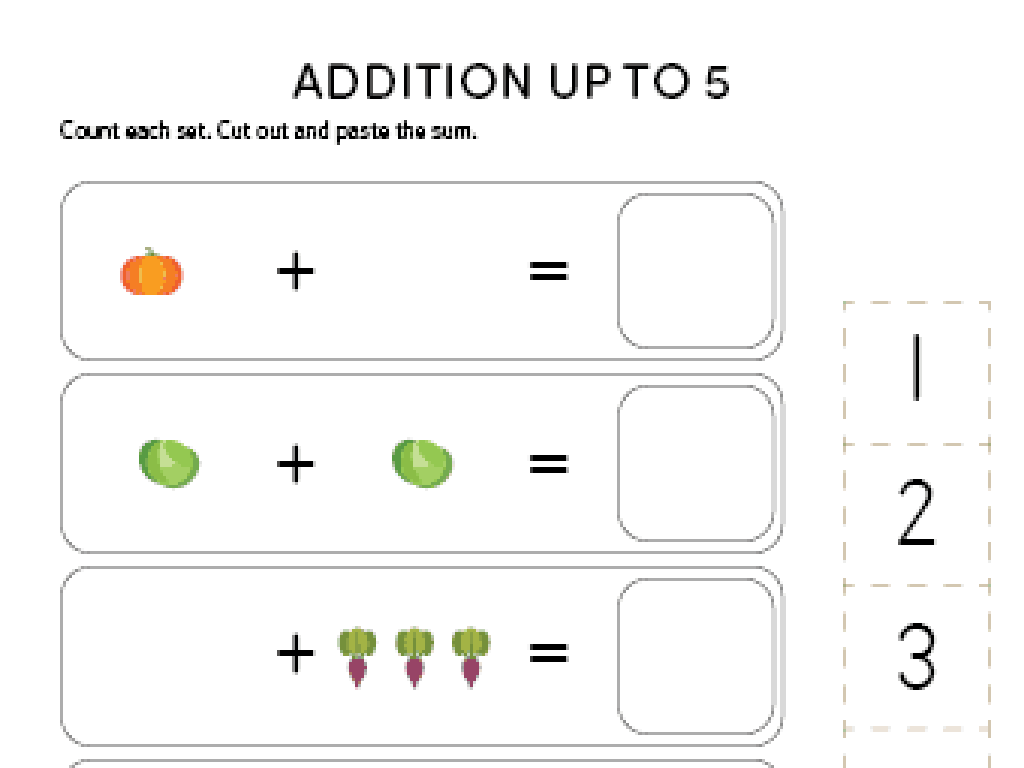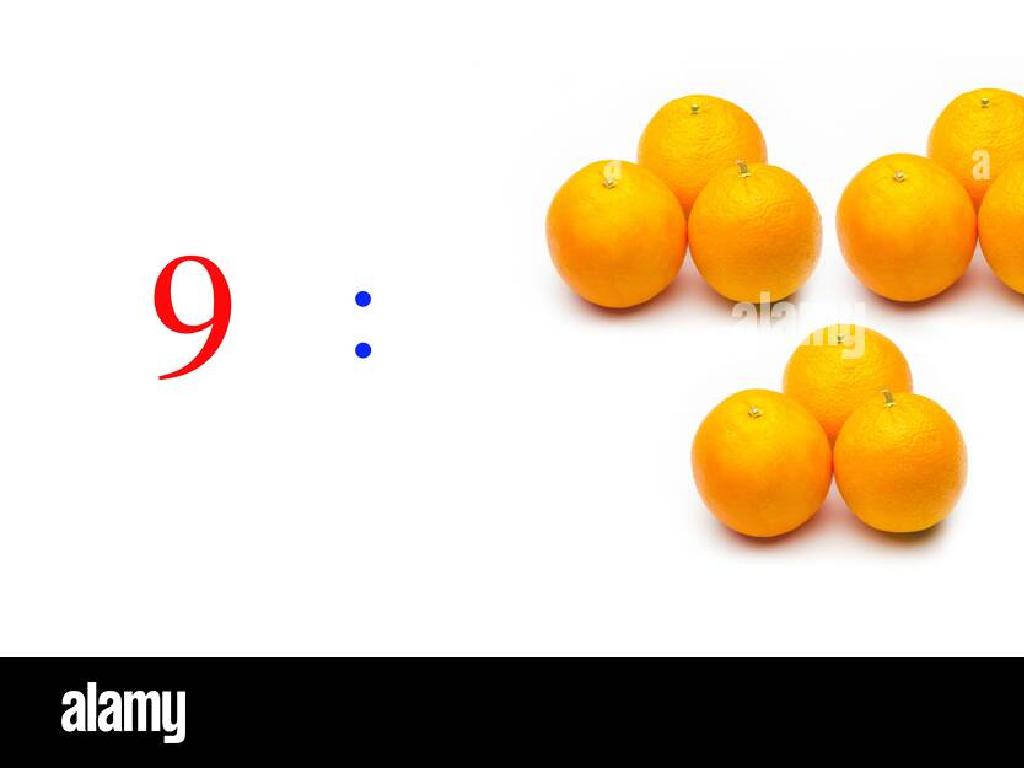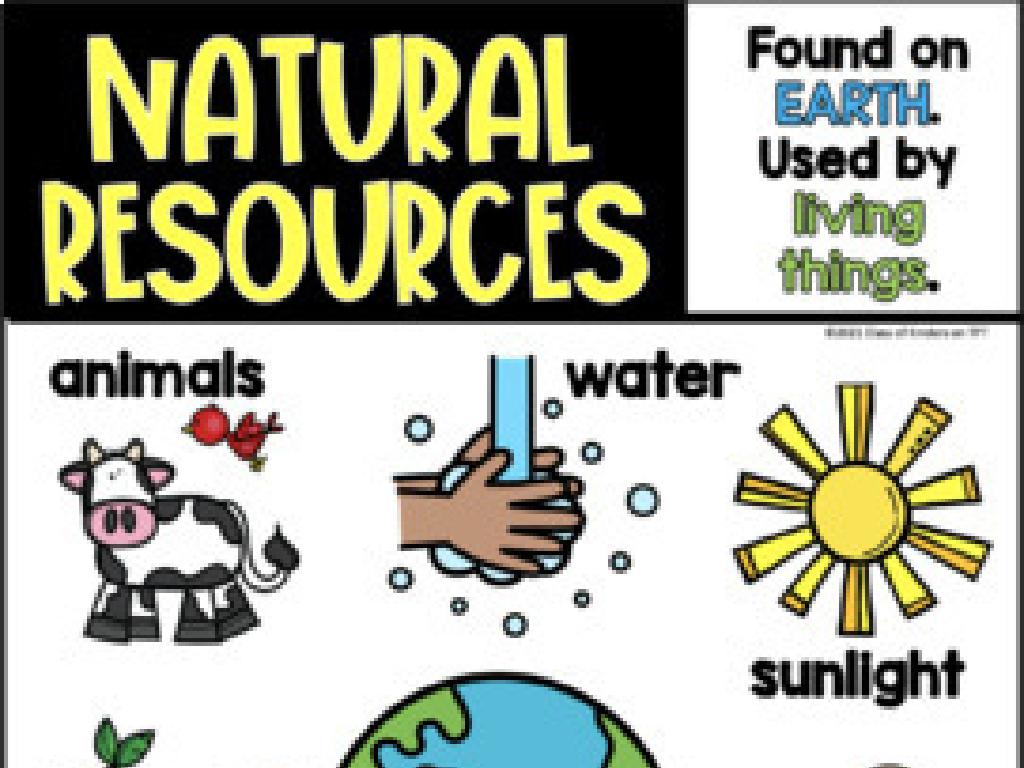Choose Between The Past Tense And Past Participle
Subject: Language arts
Grade: Sixth grade
Topic: Verb Tense
Please LOG IN to download the presentation. Access is available to registered users only.
View More Content
Understanding Verb Tenses: Past Tense vs. Past Participle
– Welcome to Language Arts class!
– Exploring verb tenses
– Verb tenses show when an action happens
– Differentiating past tense and past participle
– Past tense: action completed in the past, Past participle: used with helping verbs
– Examples and usage in sentences
– Past tense: ‘I walked to school’, Past participle: ‘I have walked to school’
|
Today’s lesson will introduce students to the concept of verb tenses, focusing on the past tense and past participle. Begin by welcoming students and explaining that understanding verb tenses is crucial for mastering English grammar. Highlight the difference between the past tense, which indicates an action that was completed in the past, and the past participle, which is often used with a helping verb to show that an action was completed in relation to another time. Provide clear examples to illustrate the use of both tenses in sentences. Encourage students to think of their own examples and to be mindful of the context in which each tense should be used.
Past Tense vs. Past Participle
– Define past tense
– Past tense describes an action that has already happened.
– Regular verbs: add ‘-ed’
– For example, ‘talk’ becomes ‘talked’.
– Irregular verbs: unique forms
– ‘Go’ becomes ‘went’, not ‘goed’.
– Past tense vs. past participle
– Past participle often used with ‘have’, ‘has’, ‘had’.
|
This slide introduces the concept of past tense and distinguishes between regular and irregular verbs. The past tense is used to describe actions that were completed in the past. Regular verbs form the past tense by adding ‘-ed’ to the base form, while irregular verbs have special past forms that need to be memorized. It’s important to note that past participles are also used to form perfect tenses and are often confused with the simple past tense. Provide examples of both regular and irregular verbs, and explain the use of past participles with helping verbs like ‘have’. Encourage students to practice by writing sentences using both regular and irregular verbs in the past tense.
Understanding Past Participles
– Define past participle
– Verb form used with ‘have’ for perfect tenses, e.g., ‘I have eaten.’
– ‘Have’ and perfect tenses
– Combine ‘have’ with past participle to express actions completed in the past.
– Regular verbs: past tense similarity
– For regular verbs, past participle is like past tense: ‘walked’, ‘talked’.
– Irregular verbs: unique forms
– Irregular verbs have special forms: ‘eaten’ from ‘eat’, ‘seen’ from ‘see’.
|
This slide introduces the concept of past participles and their role in forming perfect tenses. Emphasize that past participles are not standalone verb forms but are used in conjunction with the helper verb ‘have’ to indicate actions that have been completed in the past. Highlight the difference between regular and irregular verbs, noting that regular verbs have the same form for both past tense and past participle, while irregular verbs have unique past participle forms. Provide examples for both regular and irregular verbs, and encourage students to create sentences using both types to solidify their understanding.
Past Tense vs. Past Participle
– Understanding when to use each form
– ‘I walked’ vs. ‘I have walked’
– Past tense is used for completed actions, past participle with ‘have’ for actions affecting the present
– Irregular verbs: ‘I swam’ vs. ‘I have swum’
– ‘Swam’ is past, ‘swum’ is past participle with ‘have’
– Practice with more examples
– Use sentences from familiar stories or daily activities to illustrate
|
This slide aims to clarify the difference between past tense and past participle forms of verbs. Past tense is used to describe actions that were completed in the past, while past participle is often used with ‘have’ to indicate actions that have been completed but are relevant to the present. Provide clear examples using both regular and irregular verbs to demonstrate the difference. Encourage students to come up with their own sentences using verbs they are familiar with. As an activity, students can work in pairs to convert sentences from past tense to past participle and vice versa, using a list of regular and irregular verbs provided.
Mastering Verb Tenses: Past vs. Past Participle
– Identify verb tense forms
– Is ‘walked’ past tense or past participle?
– Correct verbs used incorrectly
– Change ‘I have went’ to the correct form
– Create sentences with both forms
– ‘I walked to the store.’ vs ‘I have walked to the store.’
– Understand usage through practice
|
This slide is aimed at helping students practice the difference between past tense and past participle forms of verbs. Start by explaining that past tense describes an action that was completed in the past, while past participle is often used with a form of ‘have’ to indicate an action that was completed before another action. Encourage students to identify verbs in sentences and determine whether they are in the past tense or past participle form. Then, have them correct sentences with incorrect verb forms. Finally, ask students to create their own sentences using both forms to solidify their understanding. This exercise will enhance their grasp of verb tenses and prepare them for more complex grammar concepts.
Group Activity: Verb Tense Relay
– Split into teams for a challenge
– Write sentences with given verbs
– Use verbs in context to show tense usage
– Use past and past participle forms
– Example: ‘talk’ becomes ‘talked’ (past) and ‘have talked’ (past participle)
– Discuss answers as a class
|
This interactive group activity is designed to help students understand the difference between past tense and past participle forms of verbs. Divide the class into small teams and provide each with a list of verbs. Each team will create sentences using the verbs in both past and past participle forms. After the activity, regroup and discuss the sentences, highlighting the correct use of each form. This will reinforce their understanding through practice and peer learning. Possible variations of the activity could include a timed relay, where teams race to write correct sentences, or a ‘verb tense scavenger hunt’ where students find and write sentences from reading materials.
Wrapping Up: Past Tense vs. Past Participle
– Recap: Past Tense vs. Past Participle
– Review the differences and uses of each form
– Mastering verb tenses is crucial
– Understanding verb tenses improves writing skills
– Homework: Craft a short story
– Write a story using 10 verbs in past and past participle forms
– Include 10 varied past and participle verbs
– Ensure the story demonstrates correct usage of each verb form
|
As we conclude, remind students of the key differences between past tense and past participle forms. Emphasize the importance of mastering verb tenses for clear and effective communication. For homework, students should write a short story incorporating 10 different verbs, using both past and past participle forms. This exercise will help reinforce their understanding and provide practical application of the lesson. Encourage creativity and remind them to proofread their work for correct verb tense usage. In the next class, we can discuss some of the stories and highlight the correct use of verb forms.

